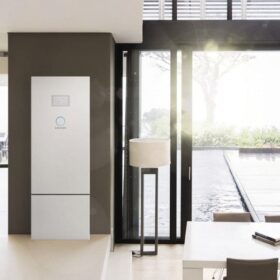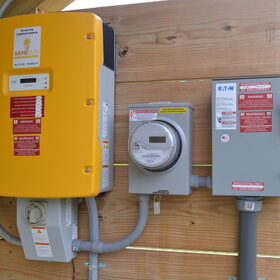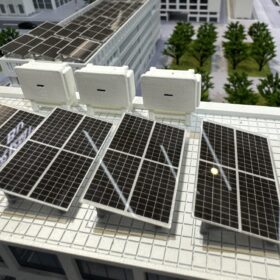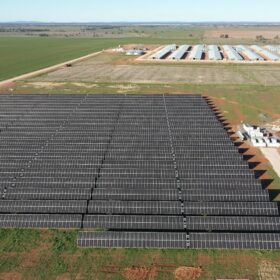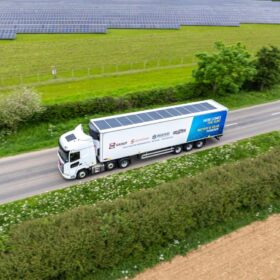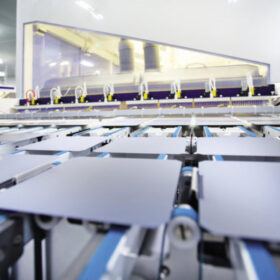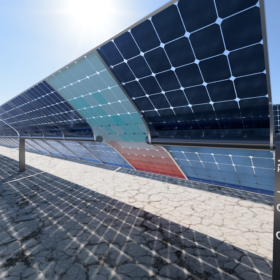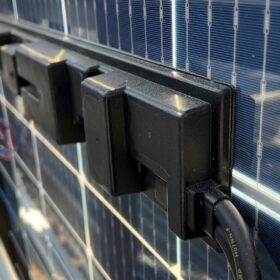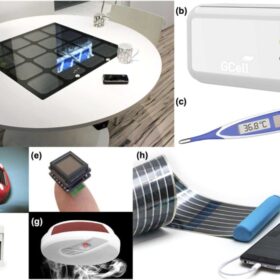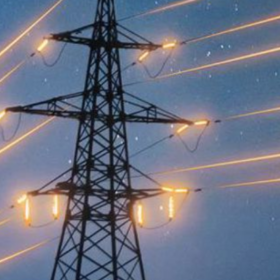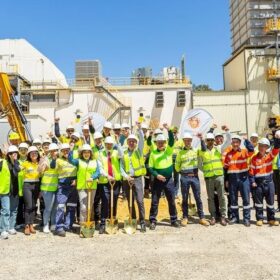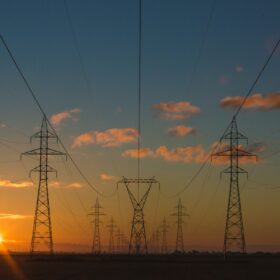Long-term look at albedo tipped to pay off over project lifetime
As bifacial modules proliferate, estimations of albedo are becoming more important and with developers not prepared to install weather stations to assess solar resource, a popular option has become third-party, on-site measurements over periods as short as a day. Is this an acceptable compromise between costly on-site measuring and less accurate satellite data? Everoze’s Stefan Mau discusses the potential benefits and limitations of this approach.
How long do residential solar batteries last?
Multiple factors affect lifespan of a residential battery energy storage system. We examine the life of batteries in Part 3 of our series.
How long do residential solar inverters last?
Multiple factors affect the productive lifespan of a residential solar inverter. In Part 2 of our series, we look at solar inverters.
How long do residential solar panels last?
Multiple factors affect the productive lifespan of a residential solar panel. In the first part of this series, we look at the solar panels themselves.
Smart Commercial puts off-grid solar and battery system to work
Renewable energy solutions provider Smart Commercial Solar has unveiled a “ground-breaking” hybrid microgrid that combines 3.98 MW of PV, 4.4 MWh of battery energy storage and an 11 kV private distribution network to help power a large-scale poultry farm in southwest New South Wales.
Sunswap rolling out PV-powered transport refrigeration
United Kingdom–based technology company Sunswap has launched Endurance, an electric transport refrigeration system with integrated battery and solar PV. It is built to compete with diesel-powered systems.
Bigger is better as module makers power ahead
Larger wafer and module sizes have had a profound influence on module power output in recent years but standardisation appears to have taken hold, with no further increases evident in module data, according to Molly Morgan, a senior research analyst at Exawatt, which is now part of the CRU Group.
PV Lighthouse lands new funding to develop PV modelling platform
Australian software developer PV Lighthouse has secured almost $2 million in federal to drive the continued development of its SunSolve Yield advanced simulation engine that is designed to improve yield forecasting for utility-scale solar projects.
Researchers develop ‘communicative’ PV panels
A German research team is conducting practical tests to see how solar modules with integrated radio technology can be linked to form an overall network. The “communicative” panels should represent a simple and cost-effective solution for monitoring and controlling small-scale photovoltaic systems.
All indoor PV technologies at a glance
A review of indoor PV cell technologies by an international research team delves into recent progress, characterisation, and design strategies used to develop highly efficient cells. The study presents 250 commercial and laboratory devices, as well as applications and performance reporting.

